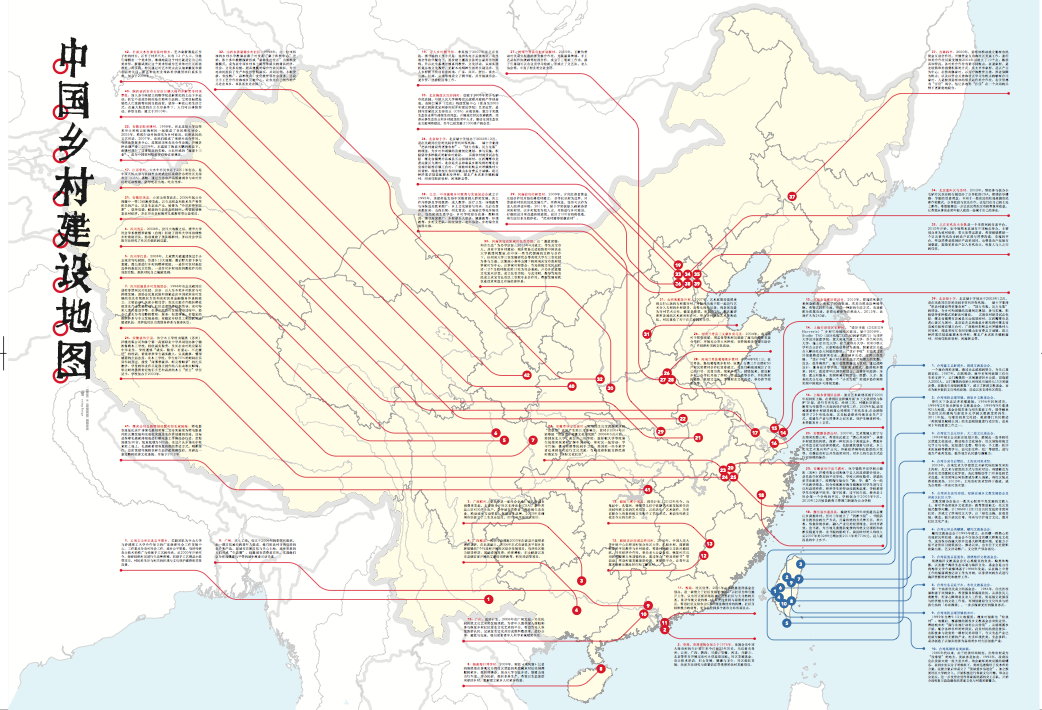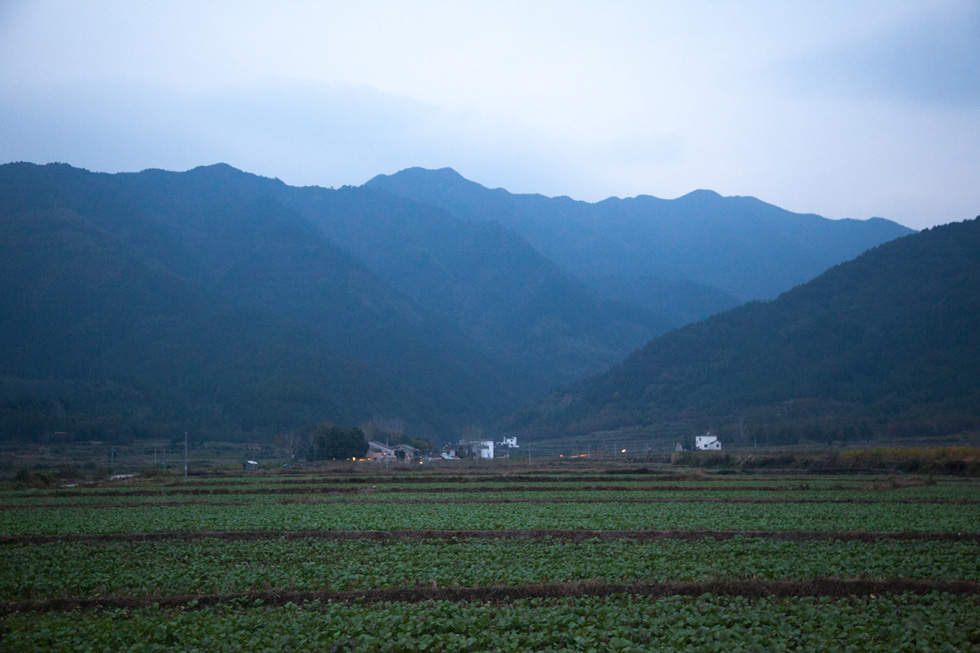
In our short film "Down to the Countryside," Sun Yunfan and I follow Ou Ning, an artist and curator who moved from Beijing to the village of Bishan in rural Anhui province in 2013, where he experiments with preserving and revitalizing local heritage, developing the rural economy, and bringing art and culture to the countryside. His journey stems from his rejection of China's unbridled urbanization and the growing inequality between urban and rural. But it is also an individual quest, a pastoral search for the good life.
We see Ou's effort as connected to a global "back-to-the-land" tradition that often follows the growth of cities and related urban problems. But within China, experiments like the Bishan Project—as Ou and his collaborator, Zuo Jing, have dubbed their efforts—are collectively described as part of the "new rural reconstruction movement (NRRM)." To call their efforts "rural reconstruction" ties them to a historical movement, led mostly by Chinese intellectuals who became enamored of Progressivism while studying in the U.S. in the early decades of the 20th century and returned to China fueled by a quest to uplift and modernize their nation's countryside.
But while today's rural reformers view themselves as heirs to this earlier movement, they are more interested in reviving rural traditions than replacing them. In response to what they see as the damaging impacts of globalization on rural areas, they focus their efforts on "sustainable development," reviving local culture and bridging the gulf between rural and urban life. In 2013, Zuo published a map in his Bishan Magazine, which we have translated here. It identifies 50 current projects that Zuo classifies as part of this movement.
In a recent post on his blog, Ou posits that "[currently], there are more than 200 projects that fall under the umbrella of the NRRM."
We recognize the map is not exhaustive. If you know of other projects in China, help us add to our map by filling out the form via ChinaFile




